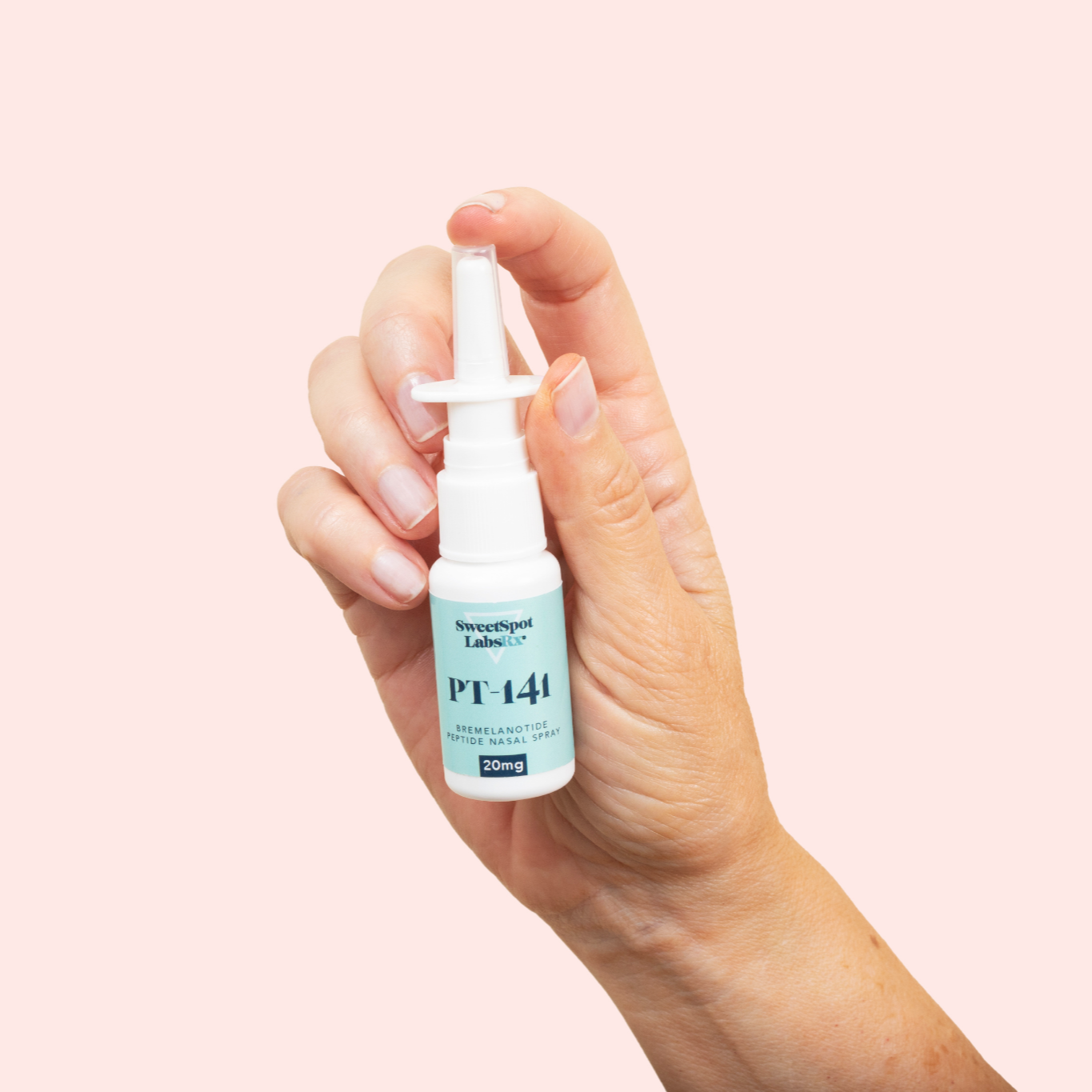
When it comes to vulvar skincare, Dr. Tamika Cross, OBGYN, has seen it all. A common concern for her patients? Folliculitis. We sat down with Dr. Cross to get a few expert tips on how to deal with this irritating condition.
1. Stop Shaving/Waxing
Since hair removal is one of the main culprits behind folliculitis, the first thing to do is to stop shaving or waxing the area. Give your skin a break to allow things to calm down.
2. Call Your Doctor
It’s important to get a proper diagnosis in order to determine which folliculitis treatment is right for you. Whether it’s bacterial or fungal folliculitis, your healthcare provider may prescribe a topical cream or a pill to deal with the source of the problem.
3. Minimize Risk
Once you’ve received treatment, consider what might have triggered your folliculitis. According to Dr. Cross, there are several ways you can minimize your risk for another flare-up:
- Check Labels
Ingredients like fragrance, essential oils, glycerin, and ceramides are commonly found in personal care products. But these ingredients are potential irritants that can keep you stuck in the folliculitis flare cycle. That’s why Dr. Cross loves our new Microbiome Balancing Cleanser - it’s free from known yeast food sources to help prevent overgrowth.
- Consider Your Diet
Yeast feeds on sugar, so if you’re eating a diet that’s carb-heavy or regularly drinking alcohol, you could be overfeeding the yeast on your skin and triggering folliculitis.
- Let Your Sweet Spots Breathe
Yeast loves warm, wet environments, so spending too much time in sweaty gym clothes is a no-go. After a workout, change into clean, dry, loose-fitting clothing as soon as you can.
- Change Your Hair Removal Routine
If you’re experiencing recurring folliculitis flare-ups, you may want to consider an alternative hair removal method. If shaving isn’t working for you, try waxing. If waxing doesn’t do the trick, try sugaring. According to Dr. Cross, sugaring is less traumatic on delicate intimate skin. How so? “The sugaring process gently exfoliates without removing the top layer of skin. And because hair is pulled off in the direction of hair growth, you’re less likely to experience ingrown hairs.” If you’ve tried it all and still can’t kick recurring folliculitis, laser hair removal may be the way to go.
- Exfoliate!
Whatever your chosen method of hair removal, Dr. Cross says exfoliating ahead of time is key. Chemical exfoliants like the ones in Buff & Brighten pads help prevent ingrown hairs and razor burn for skin that’s prone to folliculitis.



